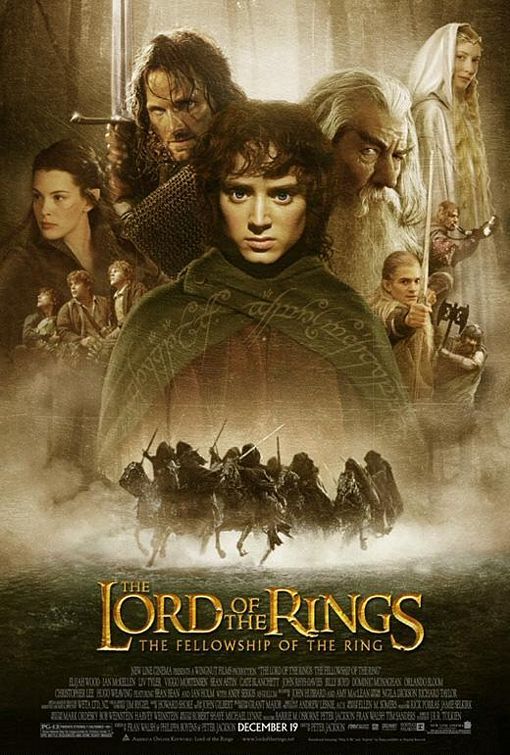
A recent Disney creation I would be fixated on, were it to appear on TV
Thus, I feel much less guilty when I stumble upon classics which will inevitably survive the test of time and become ageless. The other day, I found the third of the Indiana Jones trilogy "Indiana Jones and the Last Crusade" and was in awe of how complete the film was. This is all in retrospect, seeing as I had first watched the film at the tender age of 11. Also, to add more perspective, the new Indiana film, which came out two years ago, had somewhat tainted Harrison's impenetrable exterior (no thanks to one Shia LaBeouf).
The 1989 classic

The 2008 version, with an aged Indy

Now, let's revert back to what I said about how Spielberg's 1989 work was so complete. Mostly I am referring to the storyline and its context. It had been almost a decade since I had seen the film, although I did thoroughly enjoy it on more than one occasion through my younger years. Thus, when I took it all in once again, I had more history behind me, as well as more movies to compare to.
Here are the elements that make the film so dynamic:
1. As Indy was obviously a treasure hunter, the historical allusions are numerous. The film went all the way back to Utah, with a young boy scout Indy. He finds treasure this far north of the Spanish conquistador Francisco Vásquez de Coronado.
Coronado heading north

2. Next, the overriding theme of the movie - the Holy Grail. There is so much mystery behind the cup that was present at the last supper, its significance is great. Three of the biggest monotheist religions at present are at a rift regarding Christ.

3. Then, the catacombs are visited, where a knight of the First Crusade is buried.

4. Back to the present situation, where the Nazis are partaking in rallies all over Germany, including a book burning.

5. If you're not already knee deep in historical allusions, we visit İskenderun, in Turkey, where the grail resides, as this used to be call Alexandretta during the Crusades.

So, the plot elements are thick, but let's not forget the actors who made it happen.

It is nice to watch this movie after the fact, as we can make many comments on the two actors careers. We have on the left, one of the smoothest 007 operators ever, while on the right, one of the only successful crew members to set foot on the Millennium Falcon.





































